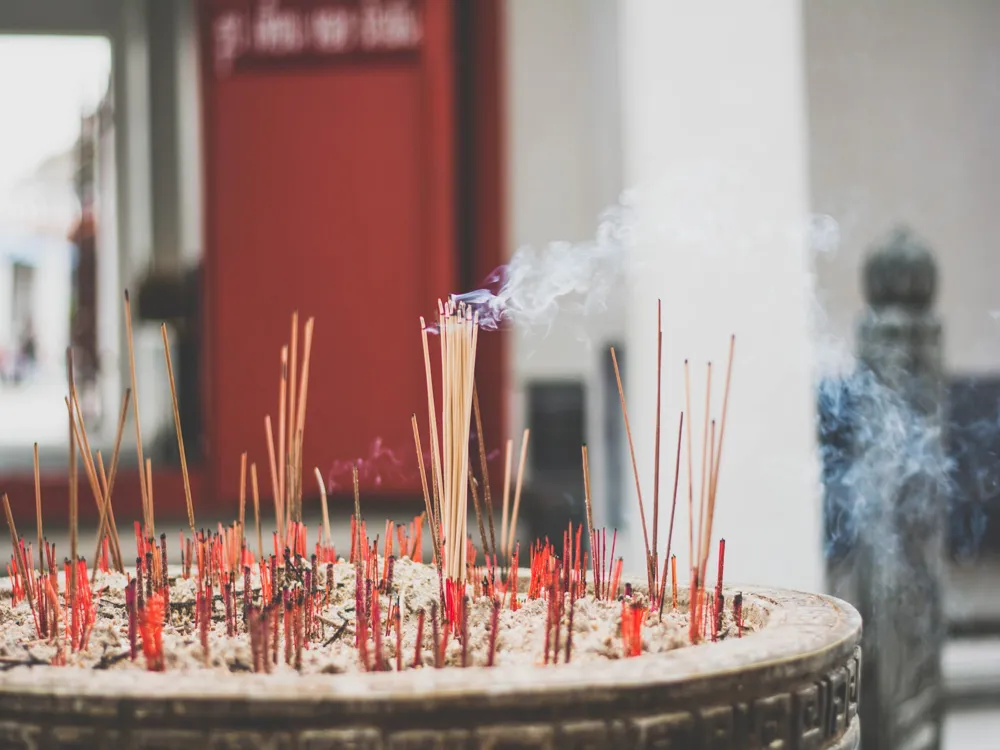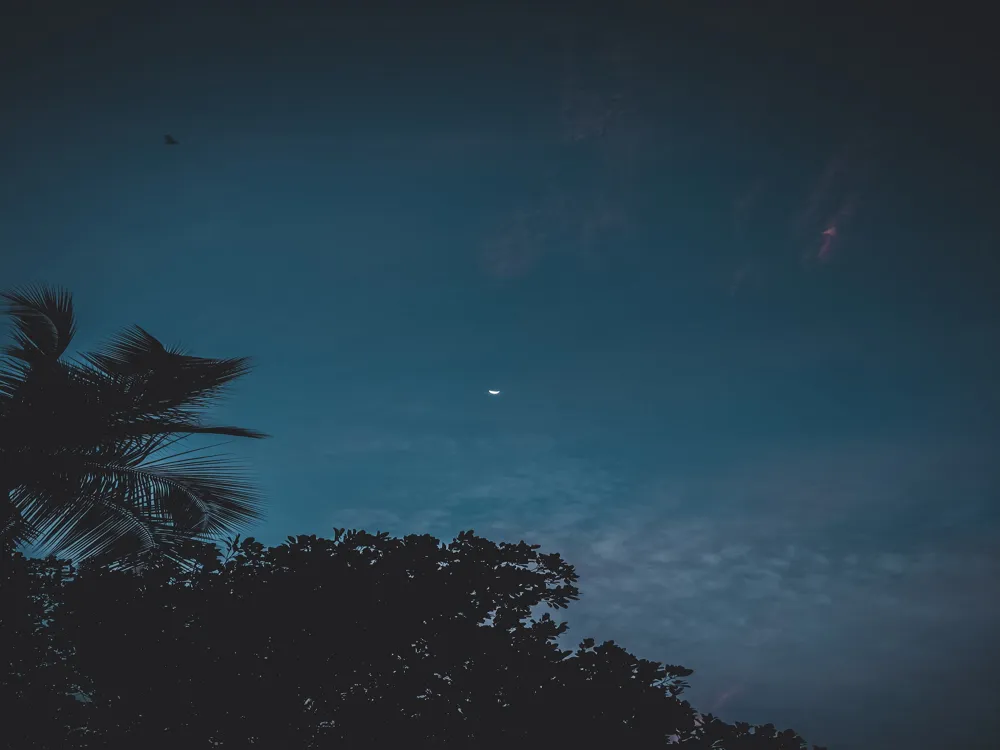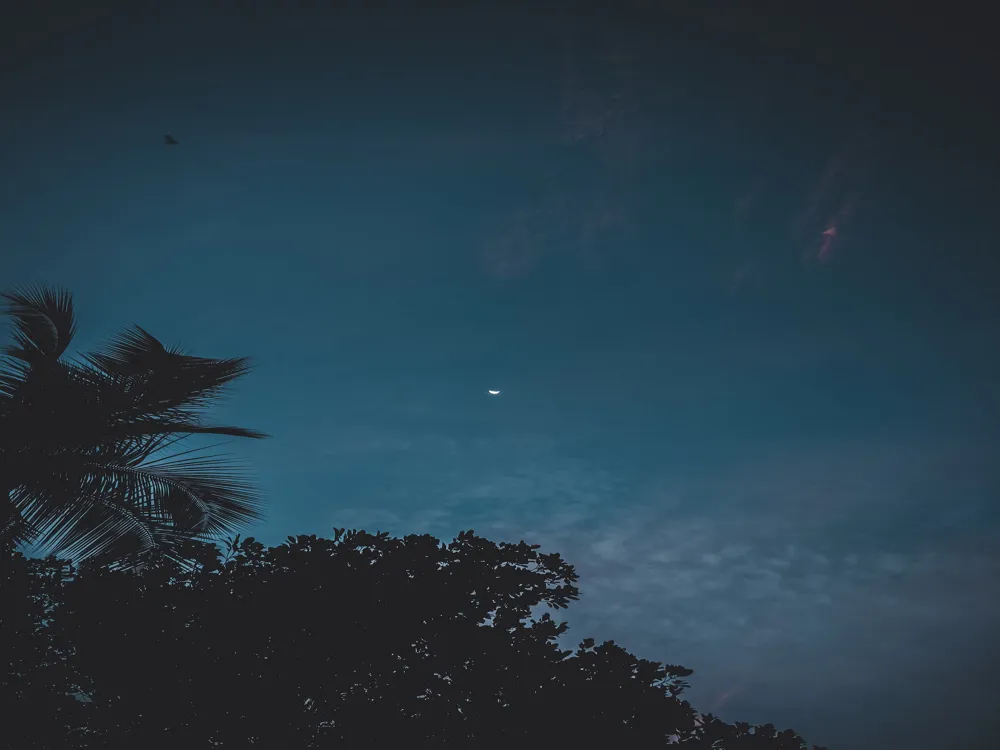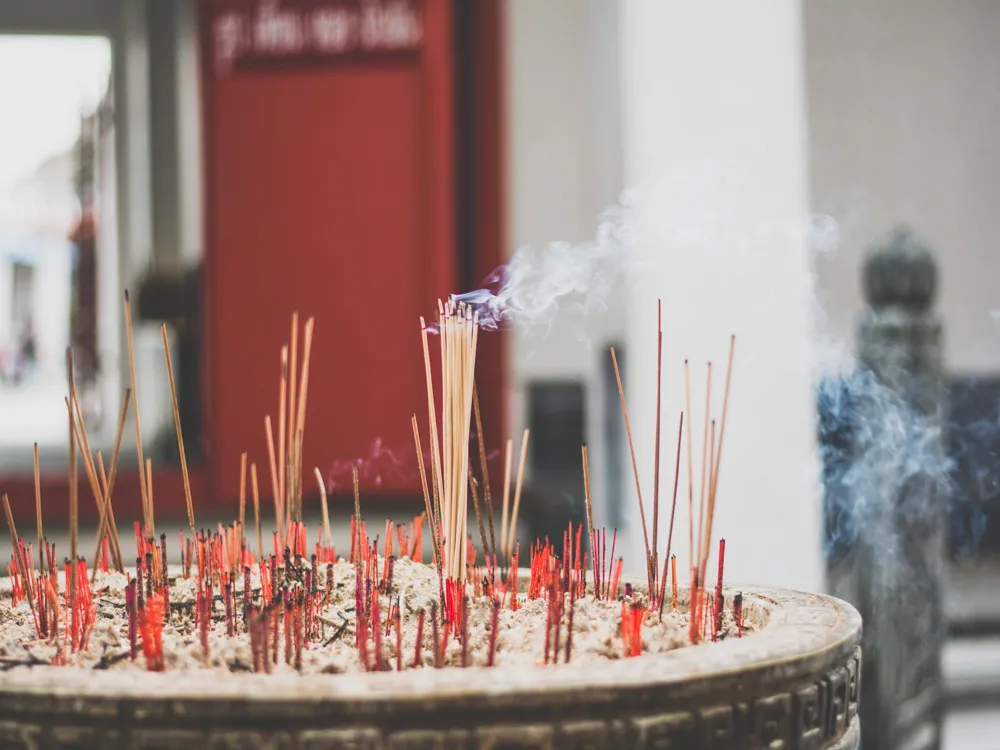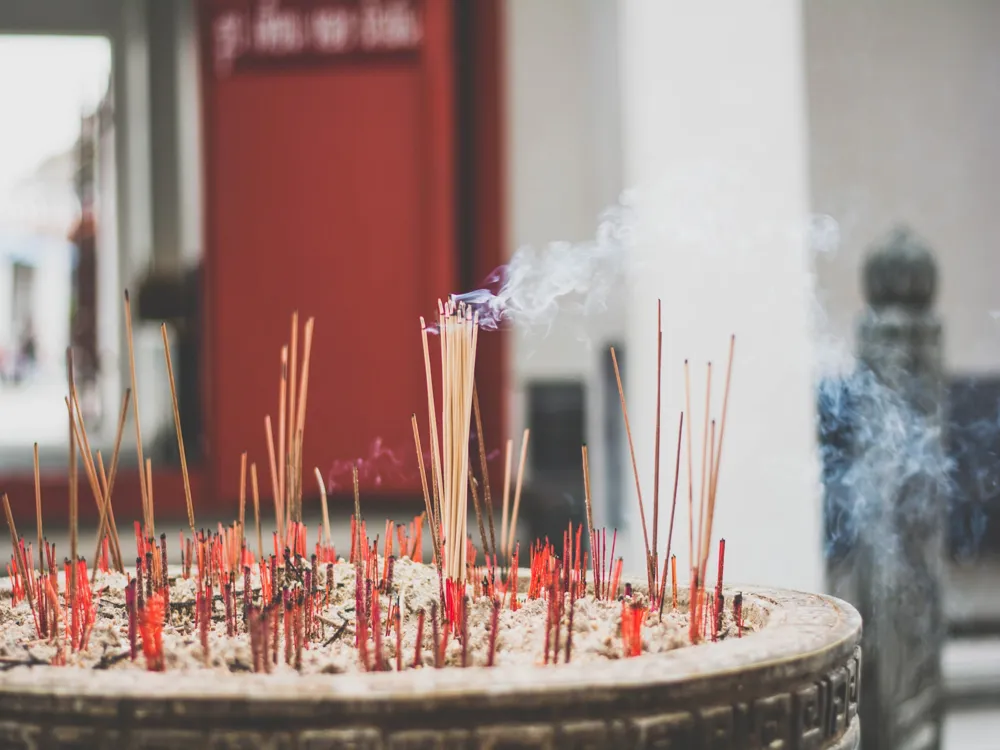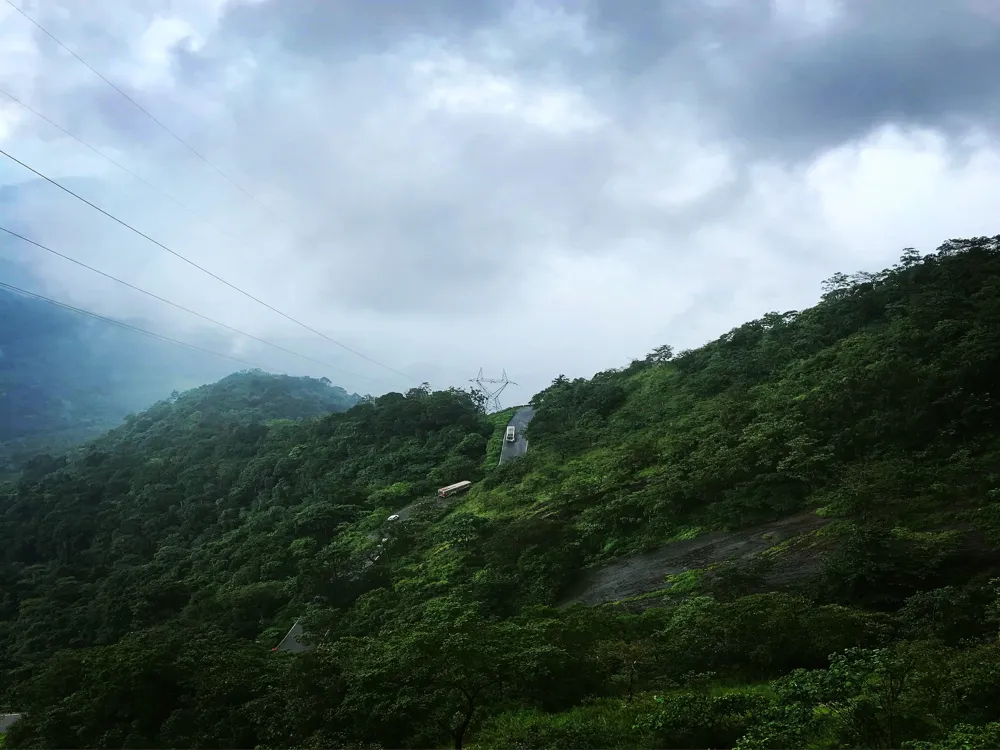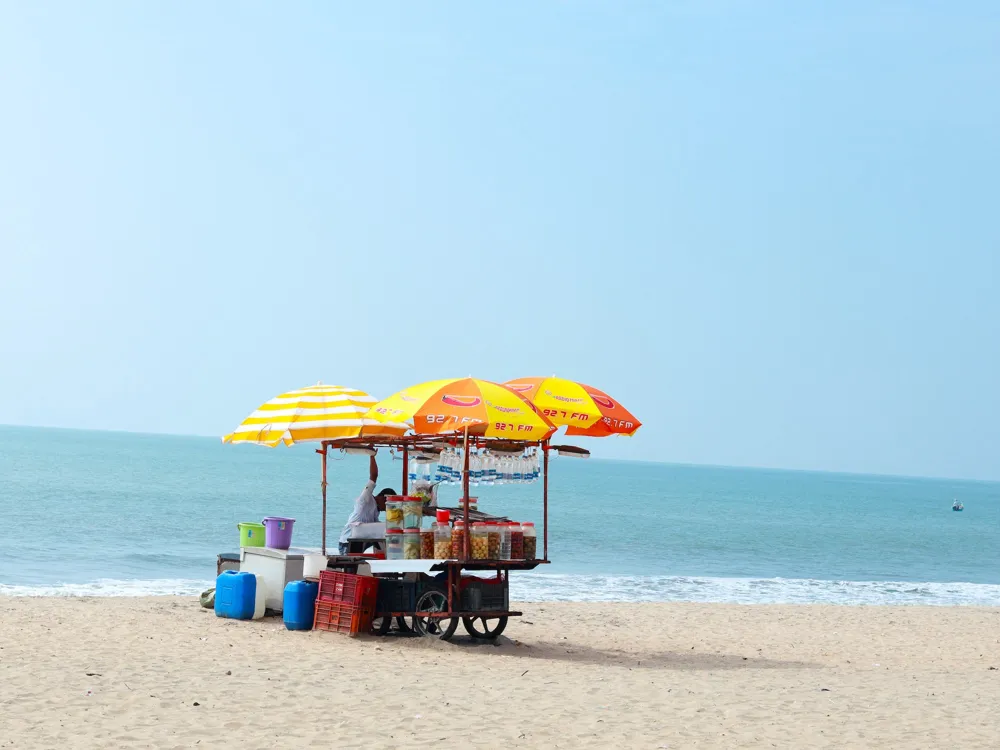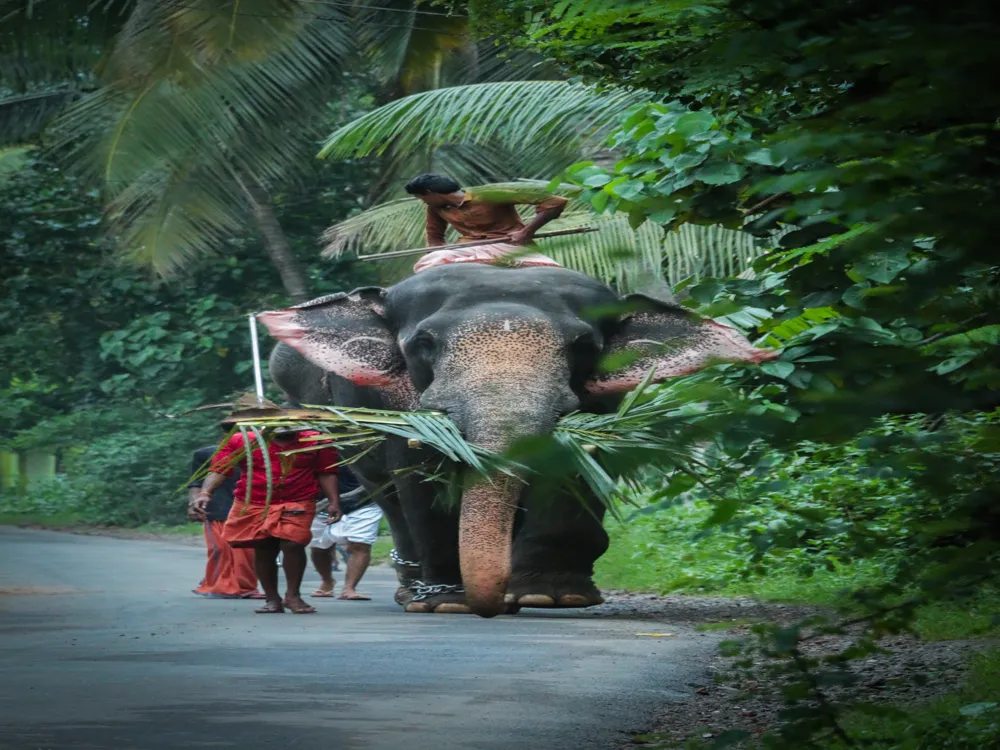Nestled in the heart of Malappuram, Kerala, the Pazhayangadi Mosque, also known as the Kondotty Mosque, stands as a beacon of cultural and historical significance. This mosque, renowned for its striking architecture and spiritual ambiance, has been a place of worship and a symbol of communal harmony for centuries. The mosque's history is deeply intertwined with the cultural tapestry of Kerala, reflecting the region's rich Islamic heritage. The Pazhayangadi Mosque's origins trace back to the 18th century, a period marked by the arrival of Islamic teachings in the Malabar region. The mosque was established by the Mappila Muslims, a prominent Muslim community in Kerala, and has since played a pivotal role in the religious and social life of the community. Over the years, the mosque has been a witness to significant historical events and has served as a center for Islamic learning and cultural exchange. The mosque is not only a place of worship but also a hub for various religious and social activities. It hosts the annual 'Uroos' festival, which attracts thousands of devotees from different parts of Kerala and beyond. This festival, celebrated in honor of the saints, showcases the rich traditions and cultural diversity of the region. The Pazhayangadi Mosque, with its deep-rooted history and cultural significance, continues to be a symbol of unity and faith for the people of Kerala. The architecture of Pazhayangadi Mosque is a splendid amalgamation of traditional Kerala and Islamic architectural styles, creating a unique and mesmerizing visual experience. The mosque's design reflects the artistic and cultural influences that have shaped the region's history. The intricate carvings, ornate decorations, and harmonious proportions are testaments to the skilled craftsmanship of the artisans who built it. One of the mosque's most striking features is its majestic façade, adorned with intricate wooden carvings and symmetrical patterns that embody the Islamic architectural ethos. The mosque's layout is a blend of open and closed spaces, with large verandas and airy courtyards that facilitate communal gatherings and prayers. The use of locally sourced materials, such as teak wood and laterite stone, not only adds to the aesthetic appeal of the mosque but also demonstrates the sustainable building practices of the era. The interior of the Pazhayangadi Mosque is equally impressive, with its high ceilings, elaborate woodwork, and ornate chandeliers. The mihrab, indicating the direction of the Kaaba in Mecca, is beautifully crafted, and the minbar (pulpit) stands as a focal point for the congregation. The mosque's architecture not only serves a functional purpose but also creates a serene and contemplative atmosphere, conducive to spiritual reflection and prayer. Visitors should dress modestly, covering shoulders and legs, and remove shoes before entering the mosque. It's important to maintain a respectful demeanor, keeping voices low and avoiding disruptive behavior. The mosque is open to visitors throughout the year, but the best time to visit is during the cooler months from October to March. Visiting during the 'Uroos' festival offers a unique cultural experience. Photography is generally allowed, but it's advisable to seek permission before taking photos, especially during prayer times or religious ceremonies. Respect the privacy of worshippers and avoid using flash photography inside the mosque. Visitors are encouraged to interact with the local community and learn about the mosque's history and cultural significance. Local guides are often available to provide insightful tours. The Pazhayangadi Mosque in Malappuram, Kerala, is easily accessible by various modes of transportation. For those traveling by air, the nearest airport is Calicut International Airport, which is about 22 km away from the mosque. From the airport, taxis and local buses are readily available to reach the mosque. For visitors traveling by train, the closest railway station is Kondotty Railway Station, located approximately 3 km from the mosque. Local transportation, including auto-rickshaws and taxis, can be used to reach the mosque from the railway station. Additionally, the mosque is well-connected by road, with frequent bus services from major cities in Kerala. Visitors can also opt to drive, as the mosque is situated near the National Highway, making it easily accessible for those traveling by car. Read MoreOverview of Pazhayangadi Mosque, Malappuram, Kerala
Architecture of Pazhayangadi Mosque
Tips When Visiting Pazhayangadi Mosque
Respecting Cultural Norms
Best Time to Visit
Photography Guidelines
Engaging with the Community
How To Reach Pazhayangadi Mosque
Malappuram Tourism
Best Time to Visit Malappuram
How to Reach Malappuram
Things To Do Malappuram
Pazhayangadi Mosque
Malappuram
Kerala
NaN onwards
View malappuram Packages
Malappuram Travel Packages
View All Packages For Malappuram
Top Hotel Collections for Malappuram

Private Pool

Luxury Hotels

5-Star Hotels

Pet Friendly
Top Hotels Near Malappuram
Other Top Ranking Places In Malappuram
View All Places To Visit In malappuram
View malappuram Packages
Malappuram Travel Packages
View All Packages For Malappuram
Top Hotel Collections for Malappuram

Private Pool

Luxury Hotels

5-Star Hotels

Pet Friendly







